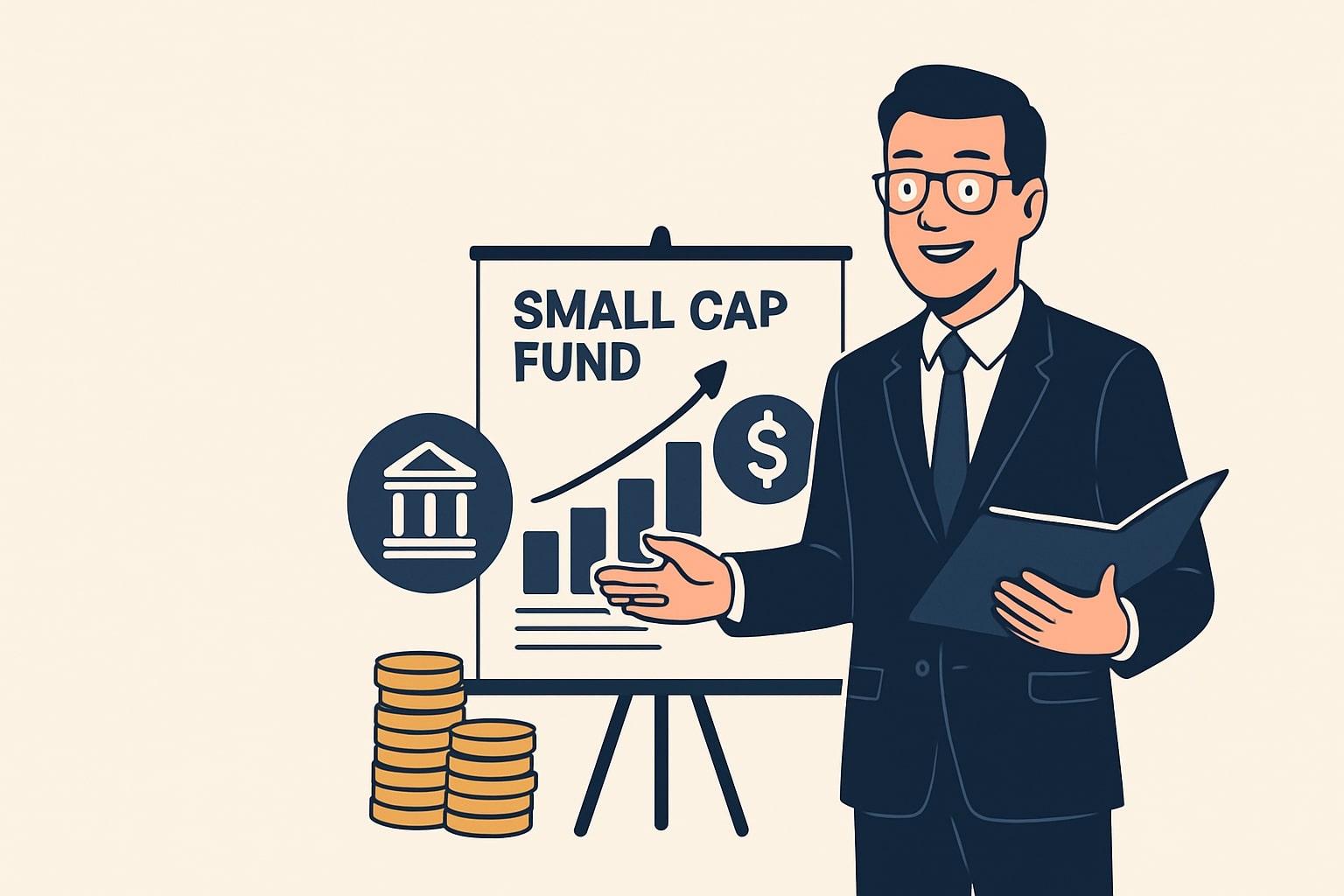Are you looking for a safe and secure investment option in the market? Then investing in Public Provident Fund (PPF) at post offices might be the right choice for you. However, the recent changes in interest rates have impacted various investment options in the market, including PPF investments at post offices. In this article, we will delve into the impact of these changes on PPF investments, along with the eligibility criteria, investment options, and returns offered by PPF at post offices.
PPF Eligibility at Post Offices
Before investing in PPF at post offices, it’s crucial to understand the eligibility criteria. To invest in PPF at post offices, an individual must be a resident of India and must have a valid address proof. The minimum age limit for opening a PPF account is 18 years, and the maximum age limit is 60 years. However, individuals above 60 years can also open a PPF account, subject to certain conditions. Keep in mind that an individual can open only one PPF account in his/her name.
PPF vs Other Investment Options at Post Offices –
Apart from PPF, post offices offer other investment options such as fixed deposits, recurring deposits, and National Savings Certificate (NSC). While fixed deposits and recurring deposits provide a fixed rate of interest, NSC offers a slightly higher rate of interest than PPF. However, the interest earned on NSC is taxable, whereas the interest earned on PPF is tax-free.
Also Read: ULIP plans vs mutual funds – which is the better investment
PPF Investment Options at Post Offices – How to Invest?
Investors can invest in PPF at post offices in two ways, i.e., offline and online. For offline investments, investors need to visit the nearest post office and fill out the necessary forms. On the other hand, for online investments, investors can open a PPF account through the post office website or mobile app.
What’s the Return on Investment in PPF at Post Offices?
The maturity period of PPF is 15 years, and investors can withdraw the entire amount after the maturity period. The interest rate on PPF is fixed by the government every quarter, and currently, it is 6.4%. Assuming a yearly investment of Rs. 1.5 lakh for 15 years at the current interest rate, the total amount accumulated in the PPF account would be approximately Rs. 42 lakhs. However, keep in mind that the interest rate on PPF is subject to change, and the actual returns may vary.
Also Read: How to Earn 1000 Rs per Day without Investment Online
Impact of Recent Changes in Interest Rates on PPF Investments
The government has recently reduced the interest rate on PPF from 7.1% to 6.4%, which has impacted the returns offered by PPF investments. The reduction in interest rates has made PPF investments less attractive, especially for investors who are looking for higher returns. Investors who have already invested in PPF before the reduction in interest rates will continue to earn the old interest rate until their maturity period. However, investors who are planning to invest in PPF now will earn the reduced interest rate.
Conclusion –
The current flux in interest rates has engendered an inexplicable degree of perplexity in the returns proffered by PPF investments at post offices. Nevertheless, despite this conundrum, PPF investments still boast of a guaranteed return, which is further augmented by the tax-free nature of the interest earned on them, thus rendering them an irresistible proposition for investors who are averse to risk. What’s more, PPF investments are endowed with the government’s imprimatur, thereby rendering them one of the most impregnable investment alternatives in the market. As such, it behooves investors to cogitate on their financial objectives and risk propensity before embarking on any investment venture, be it PPF, fixed deposits, recurring deposits, or NSC, which are all viable investment alternatives at post offices.
FAQs on PPF investments
Q. What recent changes have affected PPF investments?
- The Government of India announces interest rate changes on PPF investments every quarter. Recently, the interest rates on PPF have decreased, affecting returns.
Q. How have the interest rate changes affected PPF investment returns?
- The decrease in interest rates has lowered the returns on PPF investments, meaning investors will earn less interest on their money.
Q. What strategies can investors use to navigate the impact of interest rate changes on PPF investments?
- One strategy is to invest in PPF for a longer duration, as it offers compound interest. Another is to diversify investments across different asset classes.
Q. What risks are associated with investing in PPF in the current interest rate environment?
- The main risk is inflation risk, as low interest rates may not keep up with inflation, leading to lower real returns.
Q. Is investing in PPF still a good idea given the recent interest rate changes?
- PPF still offers tax benefits and is considered a safe investment option. However, investors should evaluate their investment goals and risk tolerance before investing in PPF.
More Articles:
A Complete Guide on Investment banking companies in India
How to earn money online without investment in mobile
Online part time jobs for students without investment
5 Best Steps of Investment Process
Hello there, my name is Phulutu, and I am the Head Content Developer at Nivesh Karlo. I have 13 years of experience working in fintech companies. I have worked as a freelance writer. I love writing about personal finance, investments, mutual funds, and stocks. All the articles I write are based on thorough research and analysis. However, it is highly recommended to note that neither Nivesh Karlo nor I recommend any investment without proper research, and to read all the documents carefully.






Leave a Reply